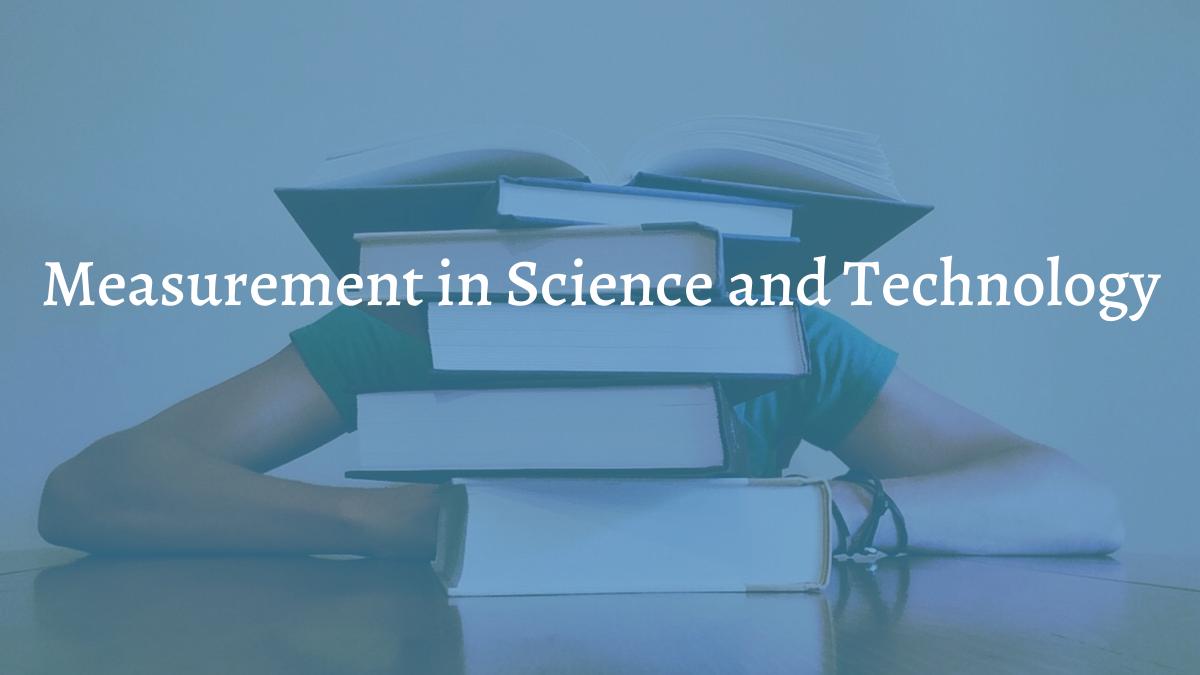Measurement in Science and Technology
Measurement is a process of comparing a physical quantity with a standard quantity. The standard quantity used to compare a physical quantity for its measurement is called unit. The internationally accepted modern system of units used in science is known as SI units.

In SI units there are 7 basic units. These are:
- metre for length
- kilogram for mass
- second for time
- Kelvin for temperature
- ampere for electric current
- candela for luminous intensity
- mole for amount of substances
The units obtained in terms of basic units are called derived units.
1. Rules while using SI prefixes
- No space is required between the prefix and the symbol of the unit.
- The prefixes are used only with the units and not alone.
- Use only one prefix at a time.
- SI prefix is not used with the unit °C.
2. Rules for Representing SI units
- While writing the value of physical quantity, the number and the unit are separated by a space.
- No space is given between number and °C, degree, minute and second of plane angle.
- The symbols of the unit are not changed while writing them in plural.
- The symbols of the units are not followed by a full stop except at the end of a sentence.
- In writing the SI unit obtained as a combination of unit a space is given between the symbols.
- When using powers with a unit name the modifier is used after the unit name.